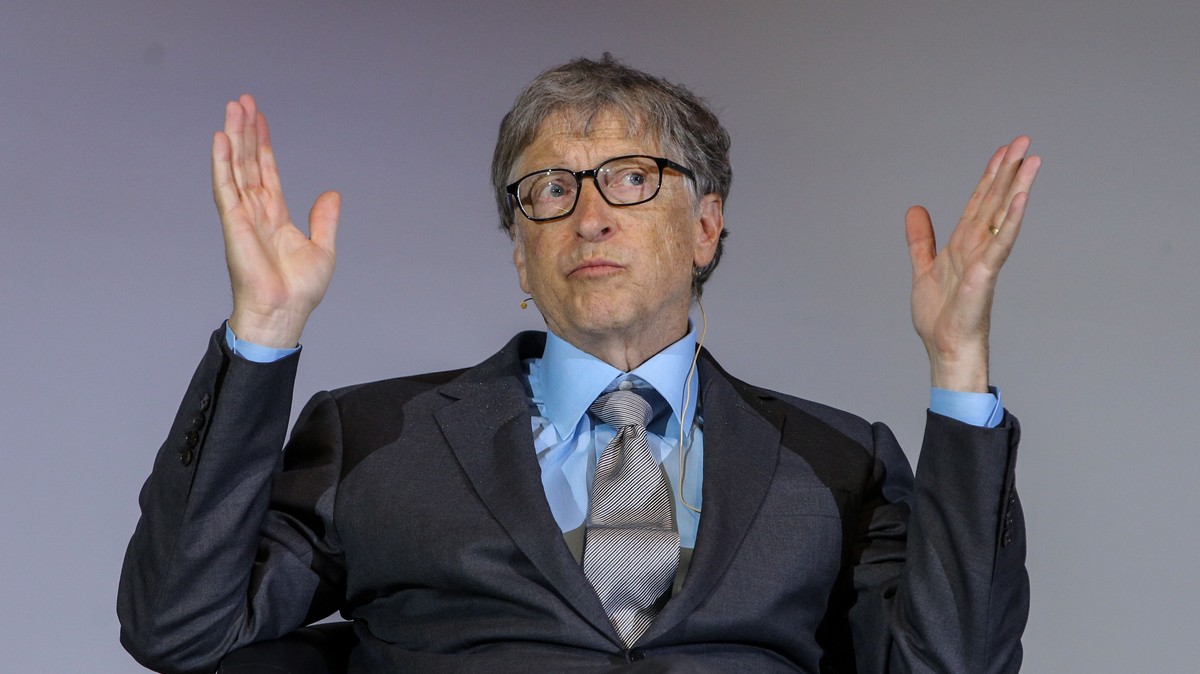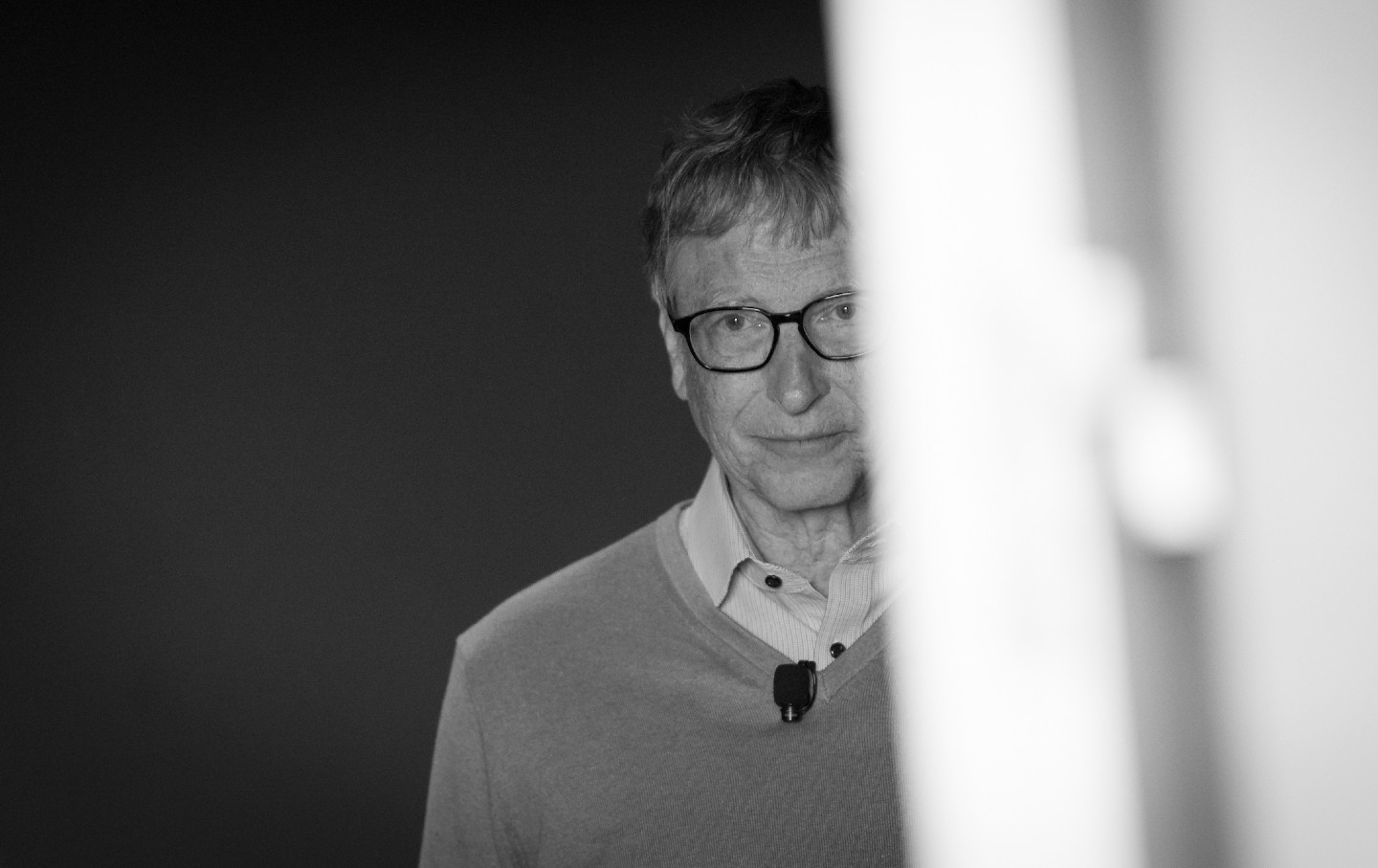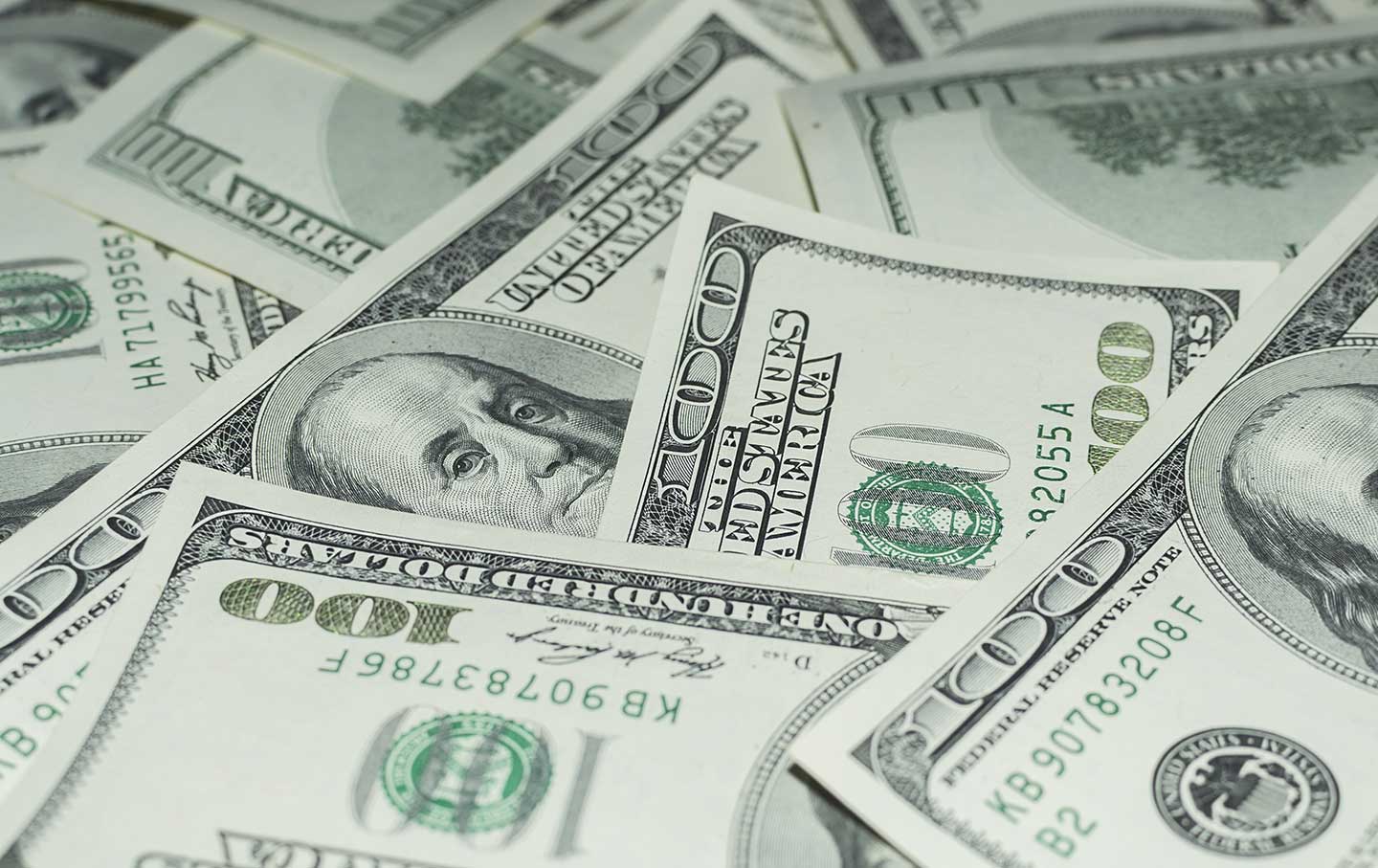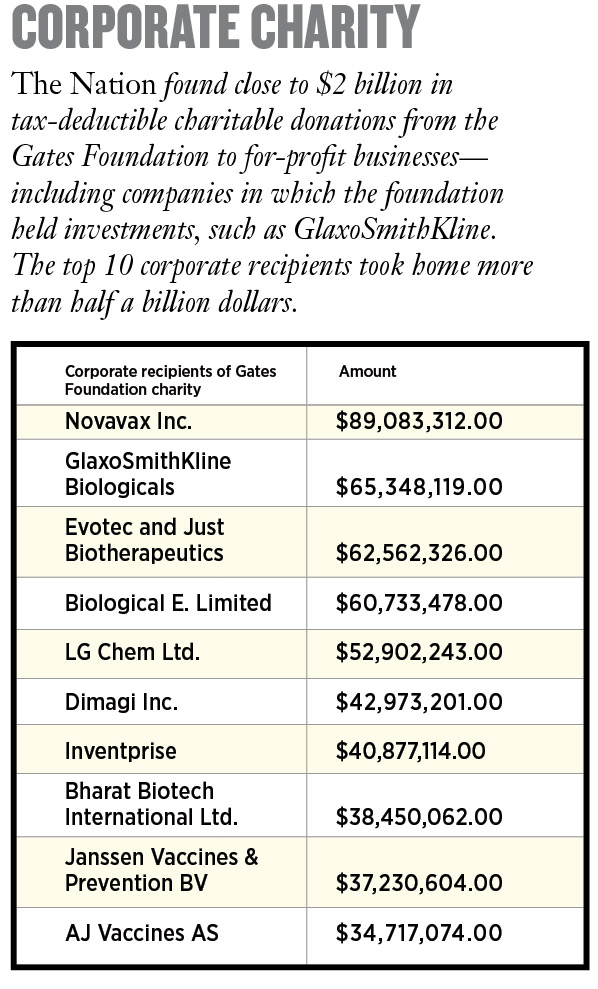- 44,144
- 65,442
- Joined
- Mar 24, 2001
Gates Foundation Trust Invests in Private Prisons—Again


Ruth McCambridge
July 26, 2019
Print
Share404
Tweet40
Share
Email
444SHARES
 “Warwick Street, Leamington Spa – Serco speed camera,” Elliot Brown
“Warwick Street, Leamington Spa – Serco speed camera,” Elliot Brown
July 23, 2019; Bloomberg
The Bill & Melinda Gates Foundation Trust has just upped its investment in Serco, a UK private prison group, adding nearly 200,000 shares. As the mega-foundation’s separate investment arm, the Trust now holds 3.74 million shares worth about £5.3 million ($6.6 million), admittedly a sum that pales in comparison to the total assets of around $48 billion.
Serco runs a half-dozen private for-profit prisons in the UK, which holds a bigger proportion of inmates in for-profit prisons than any other country except Australia. Serco also has a 10-year contract with the government to “provide services” services for asylum seekers.
Apparently, the addition was made by an outside asset manager, and the foundation was quick to disavow any decision-making in the investment, though it says it regularly reviews the portfolio “for performance and fit.”
Share404
Tweet40
Share
Email
444SHARES
ABOUT THE AUTHOR

Ruth McCambridge
Ruth is Editor in Chief of the Nonprofit Quarterly. Her background includes forty-five years of experience in nonprofits, primarily in organizations that mix grassroots community work with policy change. Beginning in the mid-1980s, Ruth spent a decade at the Boston Foundation, developing and implementing capacity building programs and advocating for grantmaking attention to constituent involvement.
RELATED
Is the Gates Foundation Out of Control?
By Martin Levine
March 25, 2020
Big Bets and the Gates Foundation: How’s That Working for Us?
By Martin Levine
February 12, 2020


Ruth McCambridge
July 26, 2019
Share404
Tweet40
Share
444SHARES
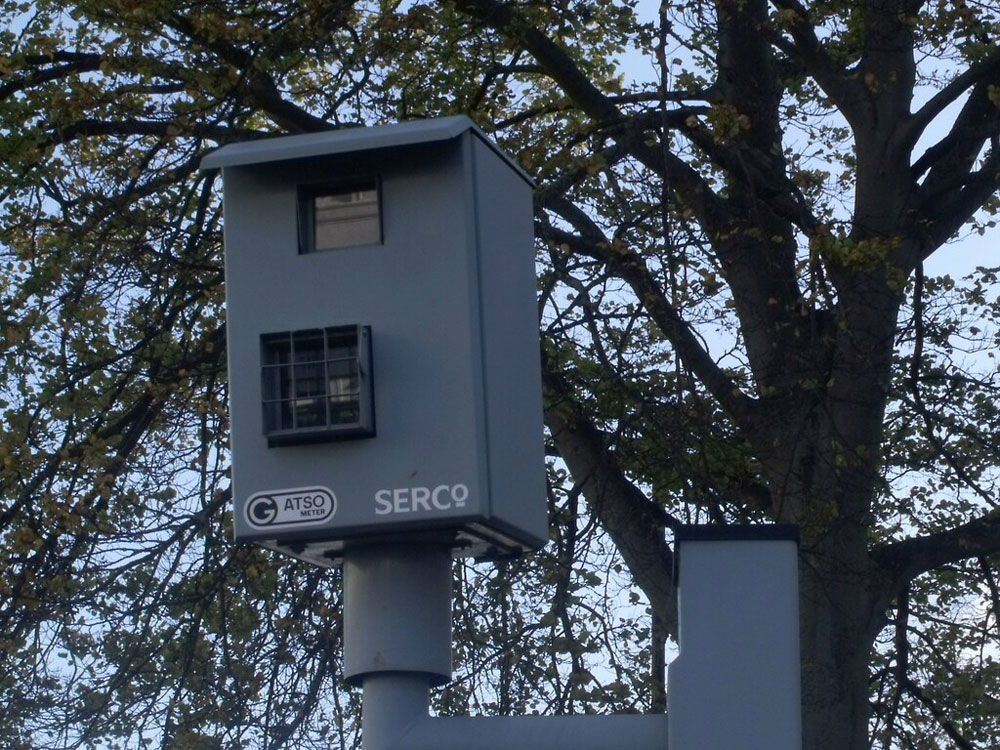
July 23, 2019; Bloomberg
The Bill & Melinda Gates Foundation Trust has just upped its investment in Serco, a UK private prison group, adding nearly 200,000 shares. As the mega-foundation’s separate investment arm, the Trust now holds 3.74 million shares worth about £5.3 million ($6.6 million), admittedly a sum that pales in comparison to the total assets of around $48 billion.
Serco runs a half-dozen private for-profit prisons in the UK, which holds a bigger proportion of inmates in for-profit prisons than any other country except Australia. Serco also has a 10-year contract with the government to “provide services” services for asylum seekers.
Apparently, the addition was made by an outside asset manager, and the foundation was quick to disavow any decision-making in the investment, though it says it regularly reviews the portfolio “for performance and fit.”
But if this investment does not rise to the investment manager’s attention, what kind of guidance is he getting about screening? After all, reports Gizmodo, the Gates Foundation has been called out for private prison investment before.“The endowment that funds the Bill & Melinda Gates Foundation is independently managed by a separate entity, the Bill & Melinda Gates Foundation Trust,” the spokesperson said. “Foundation staff have no influence on Trust investment decisions, and no visibility into the trust’s investment strategies or holdings, other than what is publicly available via required public disclosures, such as the annual tax return (Form 990).”
This isn’t the first time the foundation’s trust has profited from private prisons: a Mother Jones report detailing the charity’s 2012 tax returns found that the charity’s investment arm invested $2.2 million in private prison company The GEO Group, Inc., $2.4 million in a UK-based private security company that operates juvenile detention centers in the US, and $2.5 million in a military contractor.
—Ruth McCambridgeAt the time, a spokesperson for the foundation told the Seattle Globalist the $2.2 million private prison investment was a drop in the bucket compared to the $25 billion the charity had spent helping others in its last 15 years.
“We understand the passion of people standing up for injustice,” the spokesperson reportedly said in response to calls for the foundation to pull its investment from the GEO Group. “That is what motivates us all at the foundation every day.”
Share404
Tweet40
Share
444SHARES
ABOUT THE AUTHOR

Ruth McCambridge
Ruth is Editor in Chief of the Nonprofit Quarterly. Her background includes forty-five years of experience in nonprofits, primarily in organizations that mix grassroots community work with policy change. Beginning in the mid-1980s, Ruth spent a decade at the Boston Foundation, developing and implementing capacity building programs and advocating for grantmaking attention to constituent involvement.
RELATED
Is the Gates Foundation Out of Control?
By Martin Levine
March 25, 2020
Big Bets and the Gates Foundation: How’s That Working for Us?
By Martin Levine
February 12, 2020

